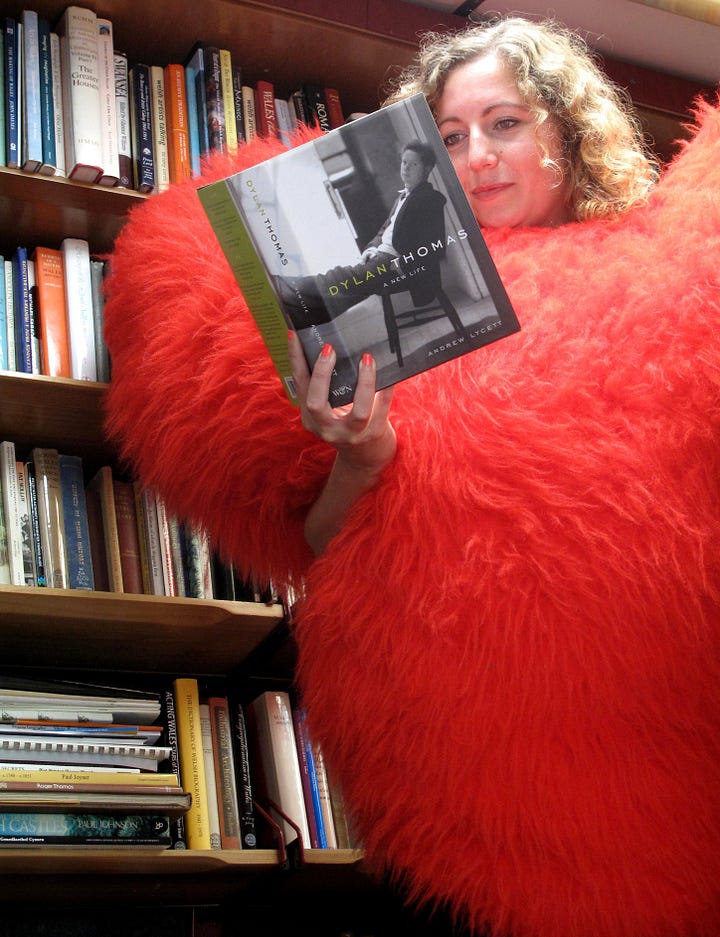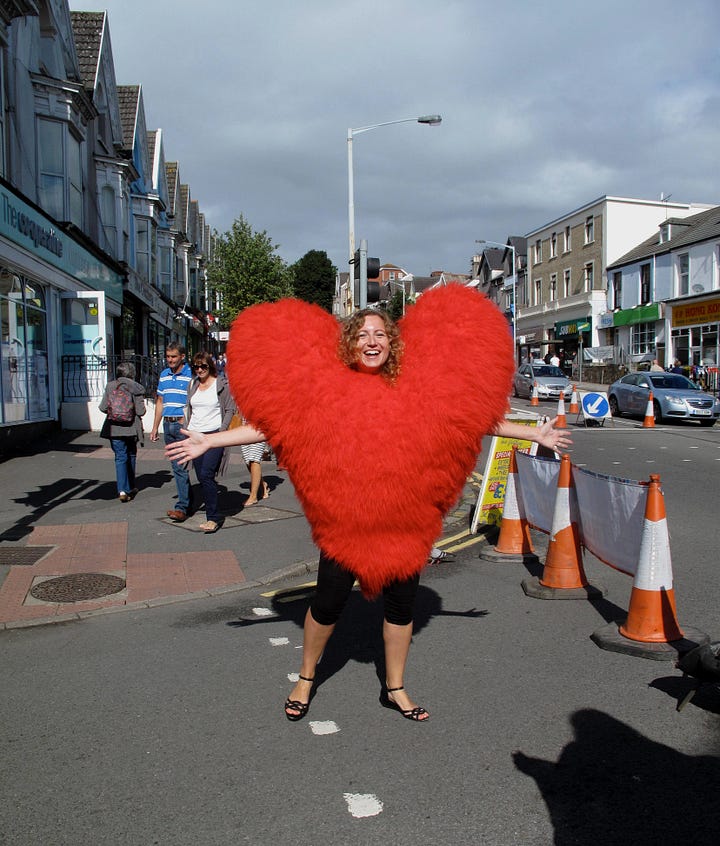This morning, I woke to an email from Poetry Wales. They send out a weekly poem from their archives every Monday. It’s a nice way to start the week, and I always try to read the poems and notice how I feel about them. This morning the words 71,200 Millilitres jumped off the screen. Some days, like everyone, I skip the emails when my inbox feels overwhelming. But the title of the poem piqued my curiosity, so I opened it. I’m glad I did, and I invite you to come down this particular rabbit hole with me.
71,200 Millilitres is written by Welsh poet Samantha Wynne-Rhydderch. The title refers to the amount of water it took to drown a village in north Wales. The year was 1965, when the nine-year battle to save Capel Celyn from ending up at the bottom of a new reservoir was finally lost. Nearly ten years previous, the entire village had been issued ‘compulsory purchase orders’ and told to up and leave their homes.
It is still a much referred to point in Wales and Welsh politics. The context of the story was a flashpoint, that a Welsh-speaking community had been erased at a time when the language itself was endangered, with all opposition overridden by the authorities in Westminster and Liverpool, who stood to gain from a new water supply.
I’m not from the area, being from the south of Wales, but I grew up very aware of the story, the sorrow of the villagers, and also the legends that emerged from the drowning: it is said you can still hear the chapel bell tolling from under the water.
What’s so interesting about Rhydderch’s poem (link below), are the specific and very personal details of the villagers.
Now, with the extreme weather of the climate crisis, the village, once lost from sight, can be seen again half submerged, and this she says, is ‘harder to endure than a lake full of itself.’
For me, the poem grew in weight with each specific detail, but it was this line that pushed me into the emotional life of the verse; this and the last line, ‘she saw the last tulips she’d laid on her young aunt’s grave eight days before, crimson as mouths across the surface.’
I couldn’t get the image of those flowers, like gasping mouths on the top of the water, out of my mind. This is a great reminder of the incredible power a specific and incongruous image can have on the reader.
If you’d like to read the poem and Rhydderch’s own commentary about how and why she wrote it, you can find it on Poetry Wales’ website here.
Come down the rabbit hole with me
As an ADHDer, my hyperfocus often leads me to rabbit holes. The first thing I’ll do after watching a film I love, or finishing an excellent book, is to Google everything about it; read the cast list, trawl reviews, watch interviews with the writer, buy their back catalogue of books etc.
So, I dutifully looked up Samantha’s website, hoping to find her talking more about the poem. I found that and more, then ordered the full collection, and read my way through the rest of her site.
I don’t think rabbit holes are ever a waste of time. As creatives, we swim in a sea of ideas, information, memory, and images that everything we experience gets thrown into. At different points in time, and under different emotional weather conditions, ideas mingle together on that sea bed and get thrown up in a wave of inspiration, or a high tide of thinking.
Nothing is lost and most things are useful. Like scavenged objects, sometimes the ideas work best when they are no longer recognisable, detritus of half-images that lead you into something else.
On Dylan, sailors and drownings
As I followed the thread, it led me unexpectedly to a familiar face and voice - Dylan Thomas. I read an old interview with Samantha talking about Dylan, who lived in Newquay where she is based.
Dylan is an old friend of mine. We’ve never met, but I’ve been in conversation with him since I was young. We share the same home town, ugly lovely, Swansea; he’s always ‘been there’ since studying A Child’s Christmas in Wales at school and later Return Journey at university; from working as a Dylan Thomas tour guide for the Dylan Thomas Centre in Swansea, leading tourists around his old haunts and encouraging them to try cockles in Swansea market; or walking around the winding lanes of Laugharne; living next to the park (Cwmdonkin) he roamed as a child; and performing year after year in Under Milkwood; meeting his daughter Aeronwy, and helping to publish a book about his time in the amateur dramatics society I was part of (he was asked to leave due to being unreliable!)
During the pandemic - under the strict Spanish, 6-week no-leaving-your-flat-at-all lockdown - when Wales felt so far away, I bought a copy of his entire collection of letters, and worked my way through them - the lilt and cadence of his words, the mentions of Swansea and Wales, a comfort in those strange times. It was at that time I wrote down ideas for a Dylan-related writing project.


I had forgotten all of that until I read Samantha’s thoughts on Dylan in Newquay (the town is often recognised as the inspiration for Under Milkwood).
It also reminded me of a National Trust podcast I’d listened to just recently about the Cardigan Bay dolphins - more notes I’d written down about a potential story idea.
I now live in an area (the Pyrenees) that has had its own ‘drownings’ of villages to make way for the water supply. A little while back I’d been making notes on that too, with Tryweryn at the back of my mind.
All the talk of the seafaring folk of Newquay also reminded me of my father, a working-class boy from South Wales, who somehow found his way to becoming a sailor and launching a sailing company with my mum. My dad is 78 and the thought gave me an urgent prod to ask him for more of that story.
All of this is to say, a poem crashed onto the shore of my creative thinking this morning and left a flotsam and jetsam of ideas to pick over and collect, layering rich images onto ideas that had already been swimming around for a while.
I wrote it all down in my notebook. It left me energised and buzzing with ways forward.
So, forget rainbows, there’s creative gold to be found down a rabbit hole.
Have you tumbled down any rabbit holes lately that sparked something for you? I’d love to hear if you feel like sharing.
Thanks for being here,
Carys x
The Whole Writer is a human-written newsletter about creative living. If you know someone who might enjoy it, feel free to share. You can learn more about me and my creative work here: www.carysshannon.com.





I got a similar feeling reading this as you might have done reading DT in lockdown. We swim in the same seas- physically and culturally. ☺️